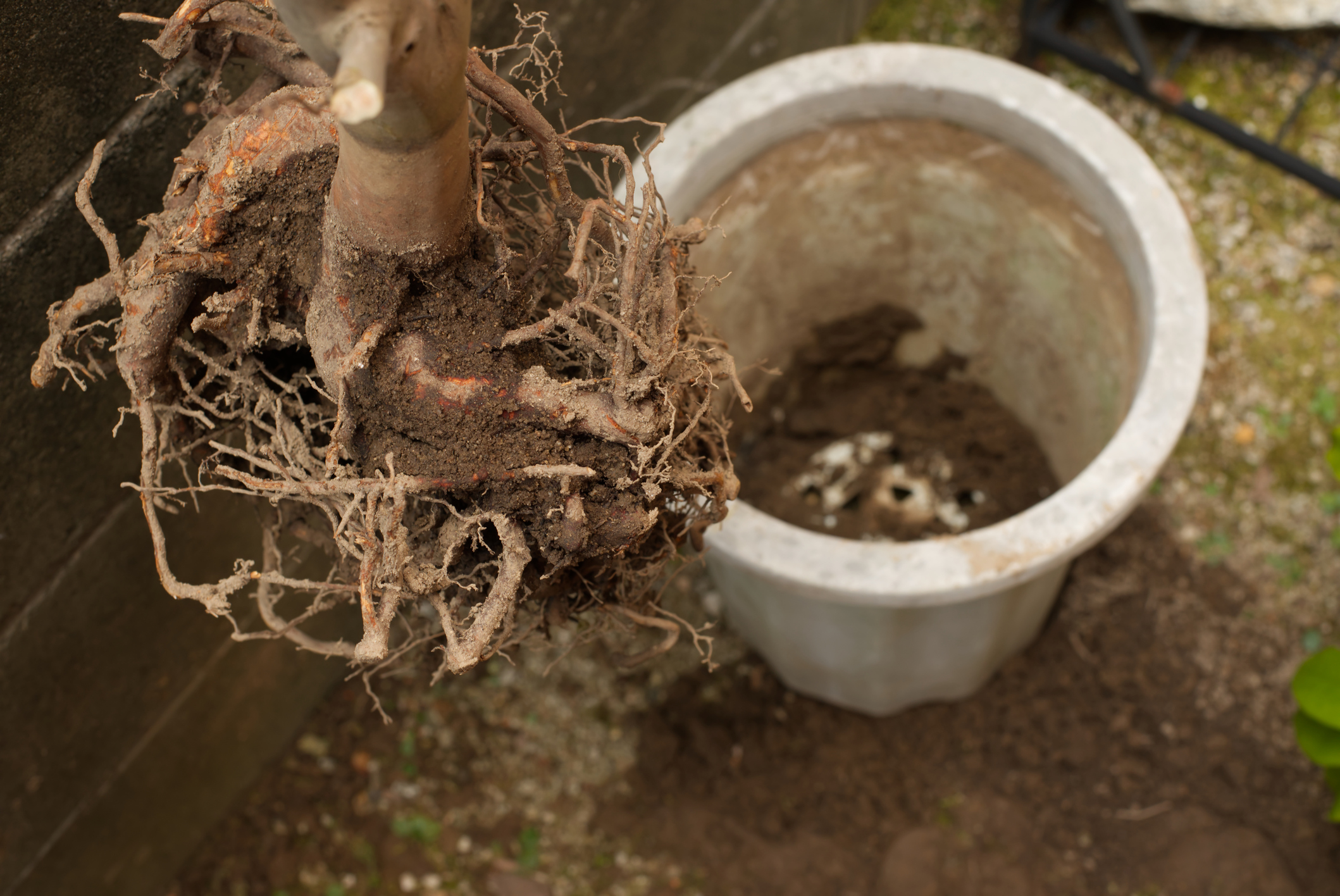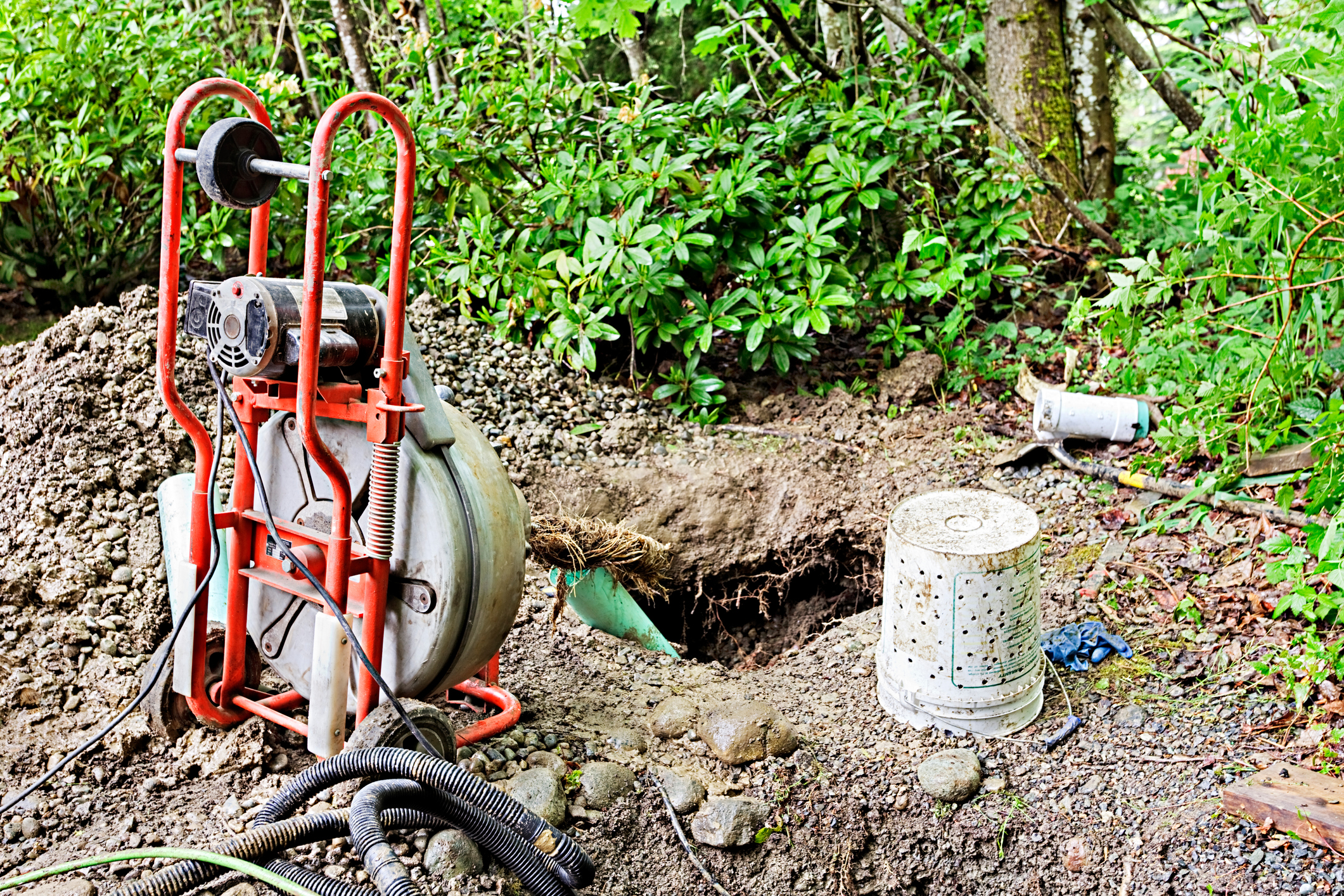Spring is a time of renewal, but it also marks the season when tree roots begin to grow vigorously. While this can be a beautiful sight, it can also signal potential plumbing issues for homeowners. Tree roots are naturally drawn to moisture, and your underground plumbing system can provide the perfect environment for them to infiltrate. Here’s a closer look at how tree roots can invade your plumbing and what you can do to address this issue before it leads to a plumbing emergency.
How Tree Roots Invade Plumbing Systems
Tree roots are in constant search of water and nutrients. As trees mature, their roots spread out in all directions to absorb moisture from the soil. Unfortunately, even the smallest cracks, joints, or leaks in underground plumbing lines can provide a point of entry. Once the roots detect the moisture, they will begin to grow into the pipes, following the water source. Over time, as the roots grow larger, they can exert pressure on your pipes, causing them to crack, break, or even collapse.
This gradual intrusion can lead to a variety of issues, such as blocked or slow-draining pipes, sewage backups, and in severe cases, total pipe failure. Even small leaks or root infiltrations can cause significant damage over time, which can become costly to repair if not addressed early.
Recognizing the Signs of Tree Root Intrusion
The key to preventing extensive damage is early detection. The sooner you notice the signs of tree roots in your plumbing system, the more easily you can prevent major plumbing problems. Here are the most common indicators that roots may be infiltrating your pipes:
- Slow Drains and Frequent Clogs: If water drains slowly in your sinks, bathtubs, or toilets, it could indicate a blockage in the pipes. Tree roots can obstruct the flow of water, resulting in slow drainage. If you’re experiencing frequent clogs in the same fixtures, it’s a good idea to have a plumber investigate.
- Unpleasant Odors: When tree roots enter plumbing pipes, they can trap waste, food particles, and debris, which can lead to foul-smelling water or odors emanating from drains. If you notice a persistent smell, even after cleaning your drains, it may be a sign that roots are blocking the pipes.
- Mold and Mildew: Excess moisture in your plumbing system, caused by leaks from root infiltration, can create a perfect breeding ground for mold and mildew. If you notice mold or a musty smell in areas near your plumbing, it’s important to check for root damage.
Recognizing these symptoms early can save you from costly repairs and disruption to your home’s plumbing system.
Preventing Tree Roots from Damaging Your Plumbing
 While you can’t stop trees from growing, there are steps you can take to prevent their roots from causing havoc in your plumbing system:
While you can’t stop trees from growing, there are steps you can take to prevent their roots from causing havoc in your plumbing system:
- Tree Placement: One of the best ways to prevent tree roots from invading your pipes is by avoiding planting large trees near your plumbing lines. Before planting new trees, it’s a good idea to know where your sewer lines and water pipes are located. Keeping trees at a distance from these areas can help reduce the risk of roots growing into your pipes.
- Install Root Barriers: If you already have trees planted near your plumbing lines, root barriers can be an effective way to prevent root intrusion. These physical barriers are installed between your plumbing and the tree’s roots, blocking the roots from reaching your pipes. While this solution may not be suitable for all situations, it can help prevent root growth from causing damage.
- Regular Inspections and Maintenance: Plumbing issues caused by tree roots are often preventable with regular inspections. Professional plumbers can use advanced tools like video pipe inspections to detect early signs of root infiltration before it causes major damage. Scheduling routine inspections will give you peace of mind and help catch potential issues early.
By maintaining a proactive approach to tree and plumbing management, you can greatly reduce the risk of root intrusion and protect your plumbing system.
What to Do If You Suspect Root Damage
If you suspect that tree roots have already entered your plumbing, it’s important to act quickly to prevent further damage. Here’s what you can do:
- Call a Professional: A licensed plumber will have the tools and expertise to assess the situation. They can use a sewer camera to inspect your pipes and determine if roots are causing blockages or damage. A professional assessment is essential for pinpointing the exact location of the problem and evaluating the extent of the damage.
- Hydro Jetting: This technique involves using high-pressure water to cut through and remove roots without damaging your pipes. Hydro jetting is a safe, effective way to eliminate roots and restore normal water flow.
- Pipe Replacement or Repair: In some cases, the damage caused by tree roots may be so severe that pipe replacement or repair is necessary. Depending on the extent of the damage, trenchless pipe repair technology can be used to replace or repair pipes without digging up your entire yard, making it a more cost-effective and less invasive solution.

Tree roots are one of the most common yet underestimated threats to your plumbing system, especially during the spring when trees are actively growing. By recognizing the signs of root infiltration early, preventing root damage with tree placement and root barriers, and scheduling regular plumbing inspections, you can avoid costly repairs and plumbing emergencies. If you do suspect tree roots are already causing problems, calling a professional plumber is crucial to ensure the issue is addressed before it becomes a major plumbing disaster.
By staying vigilant and proactive, you can protect your plumbing system from the hidden dangers of tree roots and enjoy a trouble-free spring season. Go to our home page or contact Fite Plumbing, Heating & Cooling today.

